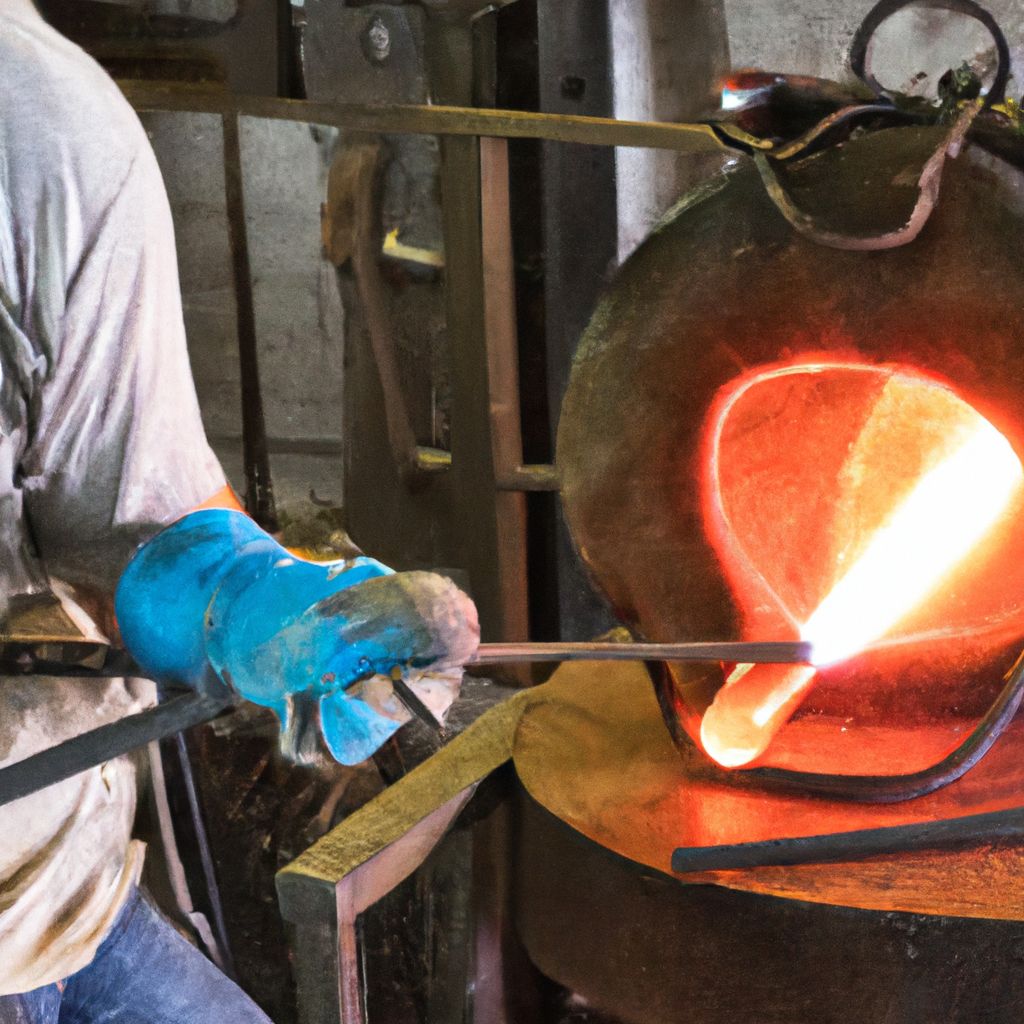- Introduction to Metal Sculpture: Understanding its History and Evolution
- The Importance of Metal in Art: Examining its Unique Characteristics and Advantages
- The Different Types of Metals Used in Sculpture: Exploring Their Properties and Uses
- Tools and Techniques: A Comprehensive Guide to Metal Sculpting Tools
- The Process of Metal Sculpting: From Concept to Creation
- Exploring Famous Metal Sculptures and Artists: Learning from the Masters
- The Challenges of Working with Metal: Safety Measures and Precautions
- Tips for Beginners: How to Start Your Journey in Metal Sculpting
- Creative Ideas for Metal Sculpture: Inspiring Your Artistic Vision
- The Future of Metal Sculpture: Predictions and Trends
- Conclusion: The Enduring Appeal of Metal Sculpture and its Role in Modern Art
Introduction to Metal Sculpture: Understanding its History and Evolution
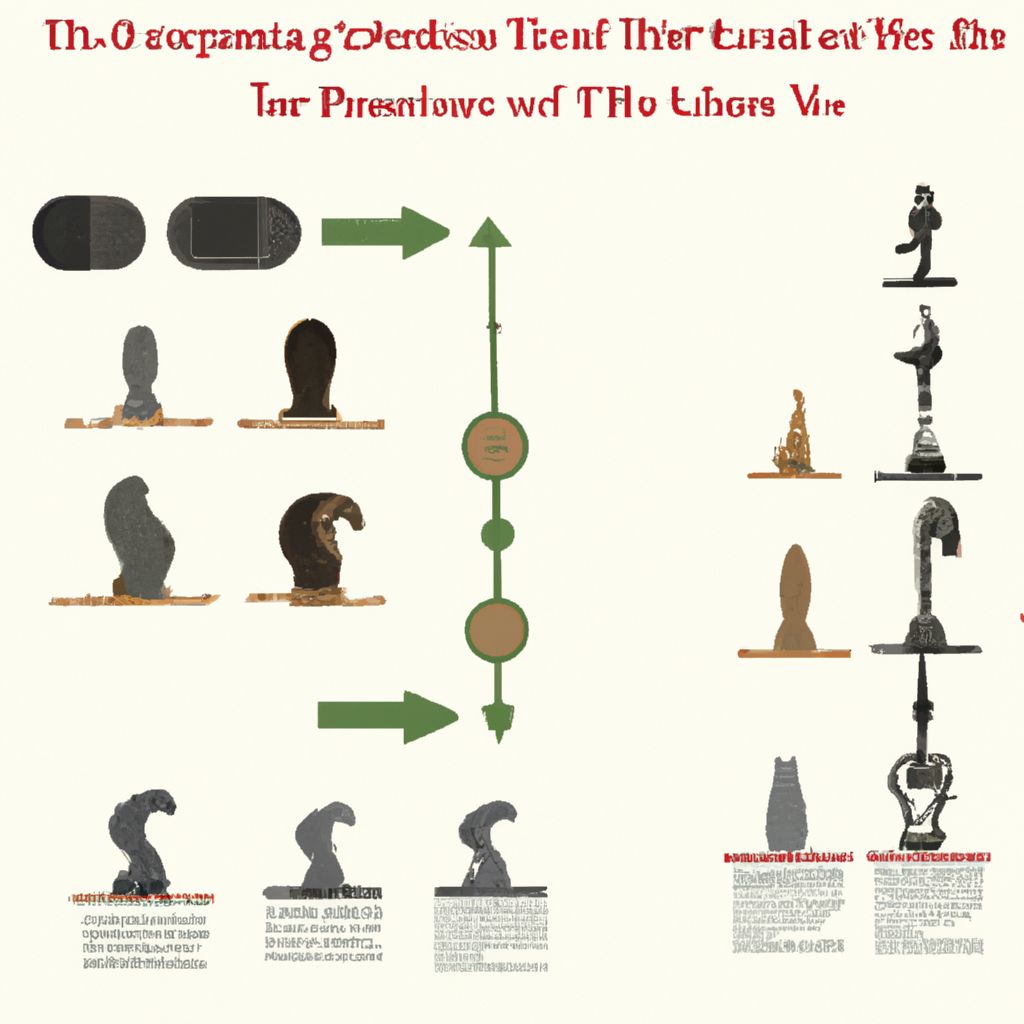
Metal sculpture is a craft that has evolved over centuries, shaping our understanding of art and culture. The art of sculpting metal into intricate designs and figures dates back to ancient civilizations. The Bronze Age gave birth to this technique, with the first known metal sculptures being made of bronze. As societies progressed, so did the techniques and materials used in metal sculpture, leading us to the diverse range of styles and forms we see today.
The history of metal sculpture is rich and diverse. From the magnificent bronze statues of ancient Greece, to the intricate gold work of the ancient Egyptians, and the colossal iron sculptures of the modern era, metal has always been a medium of expression for artists. The evolution of metal sculpture is a reflection of technological advancements, cultural shifts, and artistic innovation.
In the Middle Ages, metal sculpture was predominantly used for religious and ceremonial purposes. The Renaissance period witnessed a shift in this trend, with artists exploring more secular themes and displaying a heightened interest in the human form. The Industrial Revolution in the 19th century brought about another significant change. Artists began to experiment with new materials like steel and aluminum, leading to the birth of modern and contemporary metal sculpture.
Today, metal sculpture continues to evolve, with artists constantly pushing the boundaries of what is possible. From abstract shapes and forms to hyperrealistic recreations, the art of metal sculpture is as diverse as it is fascinating.
The Importance of Metal in Art: Examining its Unique Characteristics and Advantages
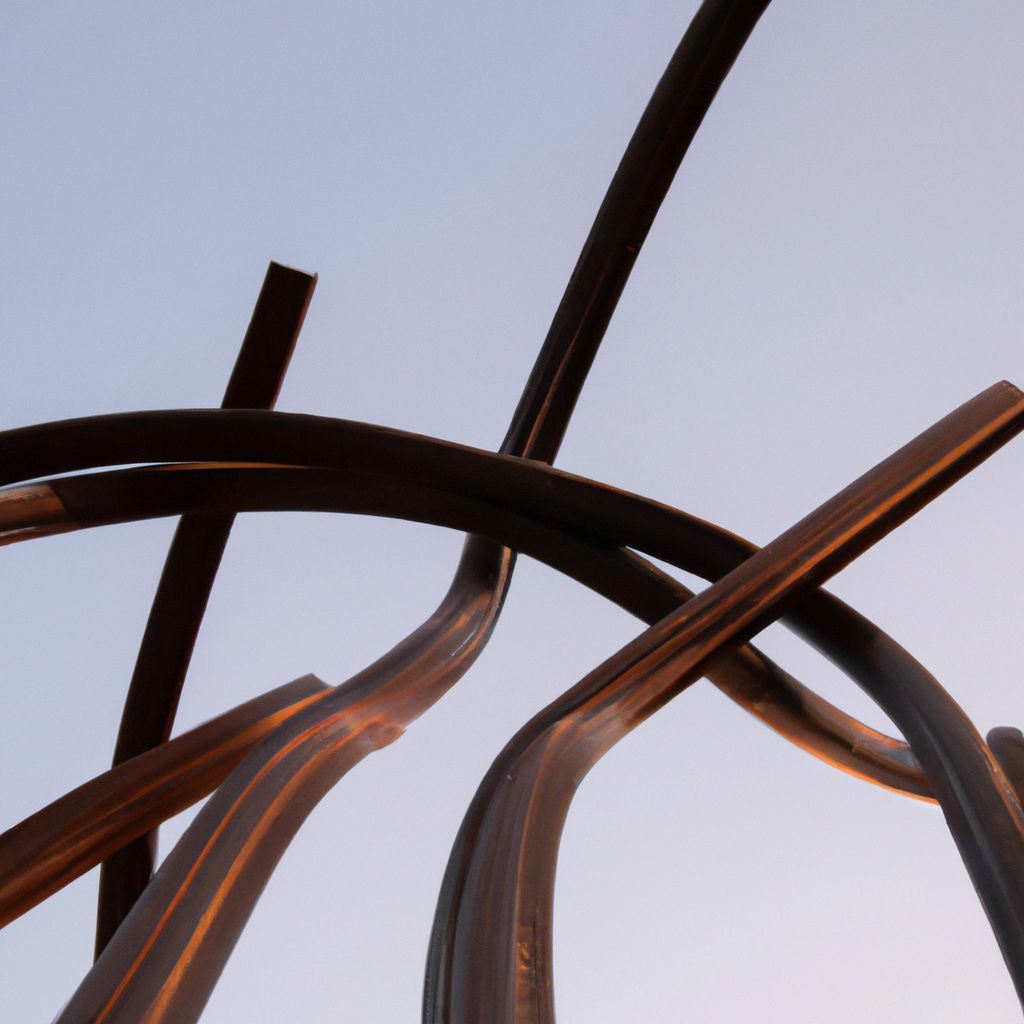
Metal, as a medium in art, holds a unique place due to its versatility, durability, and dynamic nature. Its inherent properties offer a multitude of possibilities for expression, making it a favored material among sculptors.
One of the key advantages of using metal in art is its durability. Unlike other materials such as wood or clay, metal is resistant to decay and degradation. As a result, metal sculptures can withstand harsh environmental conditions and last for centuries. This makes them ideal for public art installations and outdoor sculptures.
The flexibility of metal is another aspect that sets it apart. Metals such as bronze, iron, and steel can be cast, carved, welded, and molded into virtually any form or shape. This allows artists to experiment with complex designs and structures that would be challenging to achieve with other materials.
Furthermore, metals possess a variety of textures and finishes. From the shiny, mirror-like surface of polished steel to the rustic, weathered look of oxidized iron, each type of metal brings a unique aesthetic to the artwork. The ability to manipulate the surface of metal through techniques like polishing, patination, and engraving adds another layer of artistic expression.
Metal, with its inherent strength and malleability, also allows for the creation of large-scale sculptures. Monumental metal sculptures, such as the iconic 'Cloud Gate' in Chicago or 'The Angel of the North' in the UK, showcase the dramatic impact that metal art can have on a landscape.
In conclusion, it's clear that the unique characteristics and advantages of metal have made it an essential part of the art world. Its durability, flexibility, and aesthetic appeal have allowed artists to create stunning, enduring works of art that continue to captivate audiences worldwide.
The Different Types of Metals Used in Sculpture: Exploring Their Properties and Uses
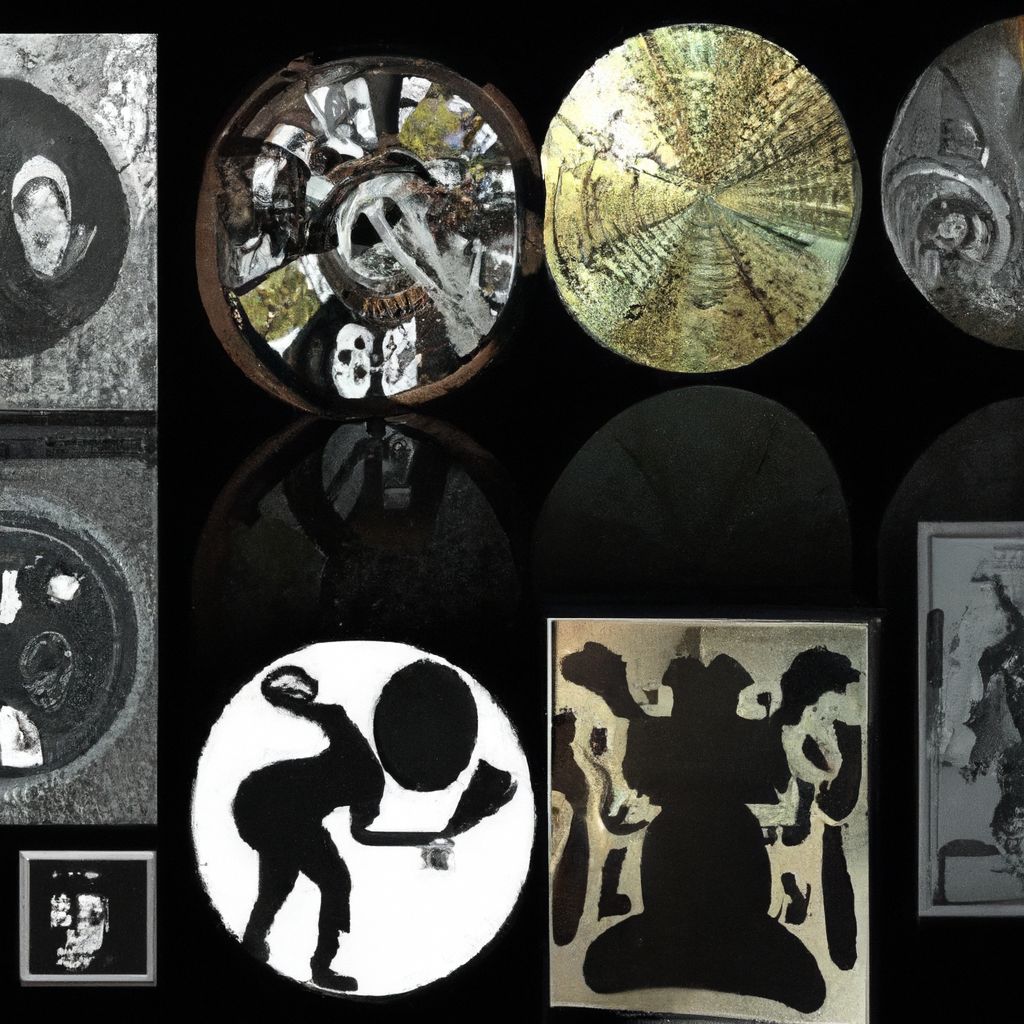
The type of metal chosen for a sculpture can greatly influence the final outcome of the artwork. Each metal has distinct properties that affect its workability, appearance, and durability. Here, we'll explore some of the most commonly used metals in sculpture and their unique characteristics.
Bronze: Known for its rich, warm hue, bronze is a traditional metal used in sculpture. It's an alloy primarily composed of copper and tin. It has been popular since ancient times due to its workability and durability. Bronze can be cast into intricate shapes and retains its form well, making it ideal for detailed works. Additionally, it develops a beautiful patina over time, adding to its aesthetic appeal.
Iron: Iron is another commonly used metal in sculpture, recognized for its strength and malleability. It is often used for creating large, structural pieces as it can support a lot of weight. However, iron is susceptible to rusting, so it requires sealing or painting for protection.
Steel: Steel is a versatile and durable metal often used in contemporary sculpture. It can be welded, cut, and shaped into intricate forms. Stainless steel, in particular, is favored for its sleek, modern appearance and resistance to corrosion.
Aluminum: Aluminum is lightweight, strong, and resistant to oxidation, making it a great choice for outdoor sculptures. It's also easy to cut and shape, allowing for a high degree of precision in the final work.
Copper: Copper is known for its vibrant red-orange color and malleability. It's easy to work with and can be hammered and shaped into intricate designs. Over time, copper develops a green patina, which can add a unique element to the artwork.
Each of these metals offers unique properties that artists can utilize to bring their visions to life. The choice of metal depends on various factors, including the intended look of the sculpture, its placement, and the artist's personal preference.
Tools and Techniques: A Comprehensive Guide to Metal Sculpting Tools
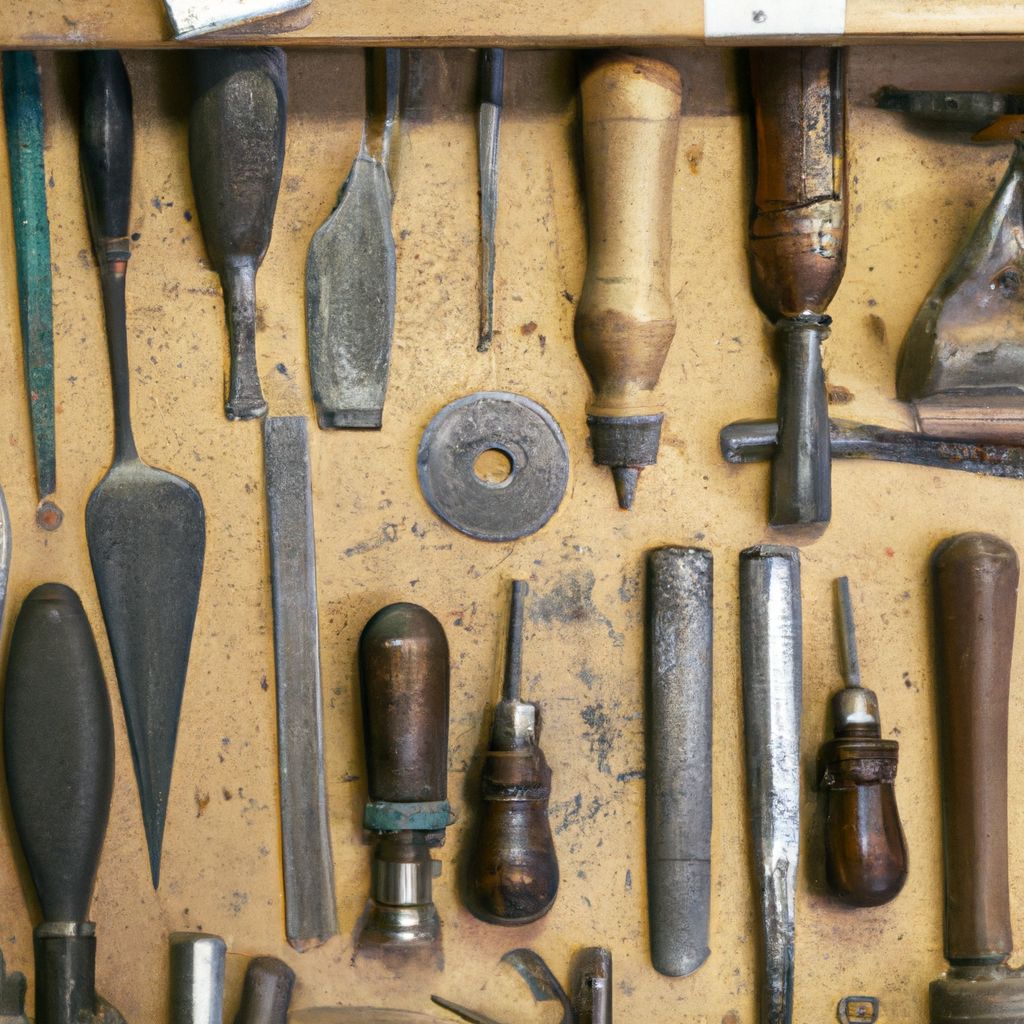
Creating a metal sculpture requires a specific set of tools and techniques. The tools used can range from basic hand tools to advanced power tools, depending on the complexity of the design and the type of metal being used. Here, we provide a comprehensive guide to some of the most common tools used in metal sculpting.
Chisels and Hammers: These basic tools are essential for carving and shaping metal. They are especially useful for working with softer metals like copper and bronze. The type of chisel or hammer required can vary depending on the specific task.
Files and Rasps: These are used for refining the sculpture, smoothing out rough edges, and adding detail. Files are used for finer work, while rasps are used for coarser shaping.
Welding Equipment: Welding is a common technique used in metal sculpture. It involves fusing pieces of metal together using heat. Essential welding equipment includes a welding machine, protective gear, and various types of welding rods.
Plasma Cutters: Plasma cutters are power tools used to cut through metal using a jet of hot plasma. They are useful for cutting complex shapes and designs out of sheets of metal.
Angle Grinders: These versatile power tools are used for cutting, grinding, and polishing metal. They can be equipped with various types of discs for different tasks, such as abrasive grinding discs, cut-off discs, and wire brush wheels.
Drills and Punches: These are used for creating holes in metal. Drills can create precise holes of various sizes, while punches are used for making smaller holes or indentations.
In addition to these tools, artists may also use various types of patinas and finishes to alter the color and texture of the metal. It's important to note that working with metal requires proper safety measures, including the use of protective clothing and eyewear.
By using these tools and techniques, artists can manipulate metal to create stunning sculptures that are both visually appealing and structurally sound.
The Process of Metal Sculpting: From Concept to Creation
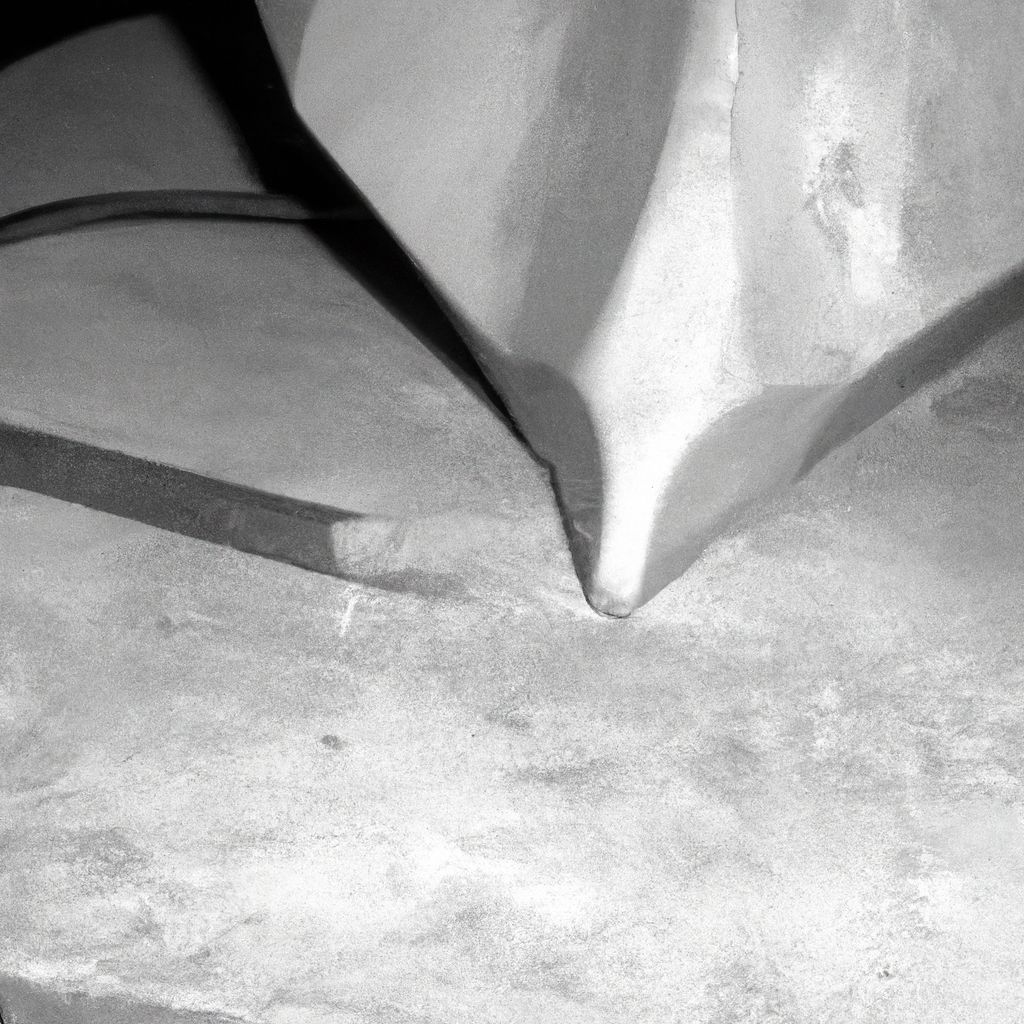
The process of creating a metal sculpture is a complex and intricate journey that requires a blend of artistic vision and technical skills. From the initial concept to the final creation, each step is crucial in shaping the final piece. Let's delve into this process.
The journey begins with an idea or concept. Artists may draw inspiration from various sources such as nature, emotions, or social issues. This concept is then translated into a sketch or a model, often using clay or digital design software. This helps artists visualize their idea and serves as a blueprint for the sculpture.
The next step involves selecting the appropriate metal for the sculpture. As discussed earlier, each type of metal has unique properties that can influence the final outcome of the artwork. The choice of metal often depends on the intended location of the sculpture, the desired aesthetic, and the artist's personal preference.
Once the design and materials are finalized, the artist begins the process of shaping the metal. This can involve techniques such as casting, welding, forging, or carving. The choice of technique depends on the complexity of the design and the type of metal being used.
After the basic shape of the sculpture has been formed, the artist refines the piece. This involves smoothing rough edges, adding details, and adjusting the shape as needed. This is typically done using tools such as files, rasps, and grinders.
The final step in the process is finishing the sculpture. This can involve polishing the metal, adding a patina, or applying a protective coating. The finishing process enhances the aesthetic appeal of the sculpture and helps protect it from environmental factors.
Each metal sculpture is a testament to the artist’s vision, creativity, and technical prowess. From the initial concept to the final creation, the process of metal sculpting is a fascinating journey that results in unique and captivating pieces of art.
Exploring Famous Metal Sculptures and Artists: Learning from the Masters
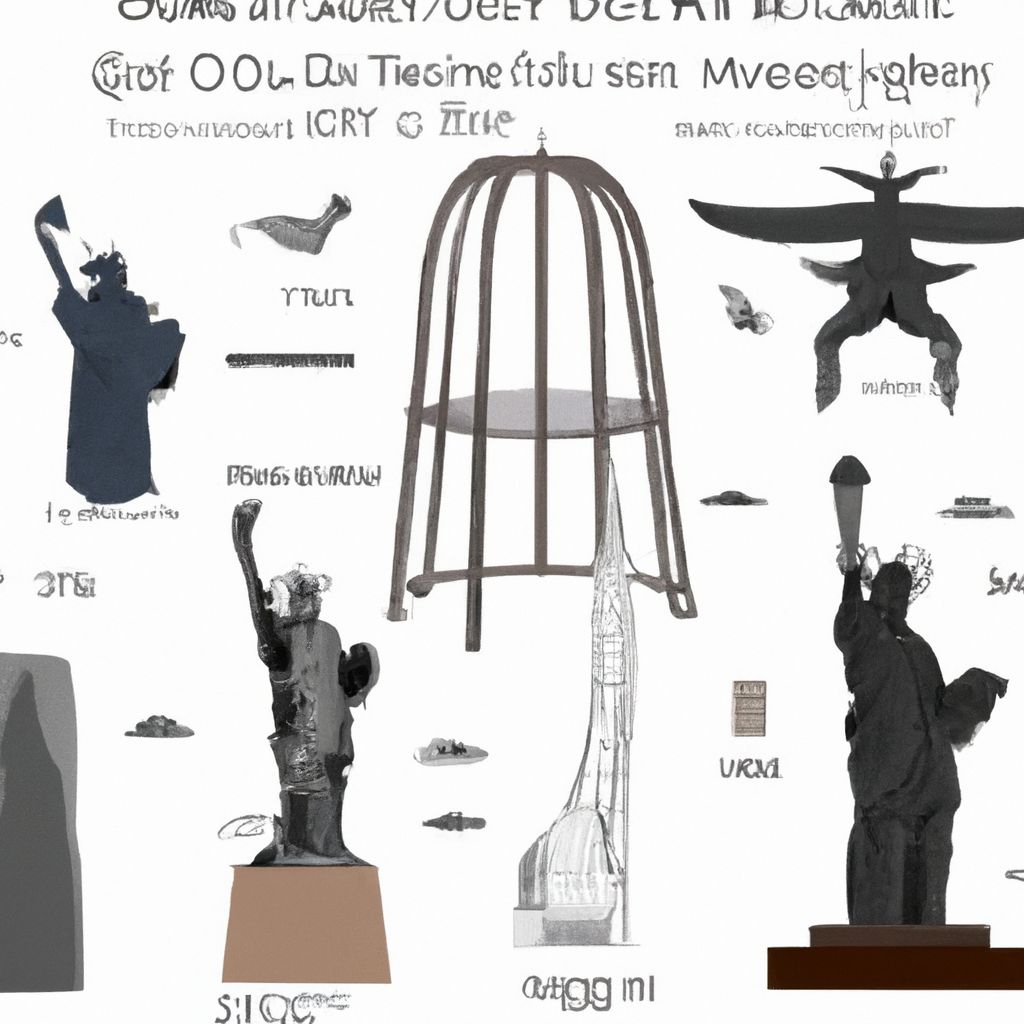
Exploring the work of famous metal sculptors can provide invaluable insights into the possibilities of the medium. These masters of metal have pushed the boundaries of what is possible, creating stunning works of art that continue to inspire and captivate. Let's delve into the magic of these famous metal sculptures and their creators.
The Statue of Liberty: Perhaps one of the most famous metal sculptures in the world, the Statue of Liberty, is a colossal neoclassical sculpture on Liberty Island in New York Harbor. Designed by Frédéric Auguste Bartholdi and built by Gustave Eiffel, the statue is made from a framework of steel with a copper skin. It's an iconic symbol of freedom and democracy.
Cloud Gate: Known as 'The Bean' due to its shape, Cloud Gate is a public sculpture by Indian-born British artist Anish Kapoor. Located in Chicago's Millennium Park, it's made from 168 highly polished stainless steel plates, creating a mirror-like surface that reflects the city's skyline.
The Angel of the North: This contemporary sculpture by Antony Gormley is located in Gateshead, England. Made from weather-resistant Cor-ten steel, it stands 20 meters tall with an impressive wingspan of 54 meters. It's one of the most viewed pieces of art in the world, seen by more than one person every second.
Maman: A bronze, stainless steel, and marble sculpture by the artist Louise Bourgeois, Maman is a tribute to her mother. The sculpture, which depicts a spider, stands over 30 feet high and has been exhibited worldwide.
Richard Serra: An American artist known for working with large-scale assemblies of sheet metal, Serra has created a number of prominent pieces. His site-specific works such as "Tilted Arc" and "The Matter of Time" challenge viewers' perception of space and movement.
Exploring these famous metal sculptures and their creators provides a glimpse into the boundless potential of metal as a medium. Each piece showcases the artist's vision, the versatility of metal, and the power of sculpture as a form of expression.
The Challenges of Working with Metal: Safety Measures and Precautions
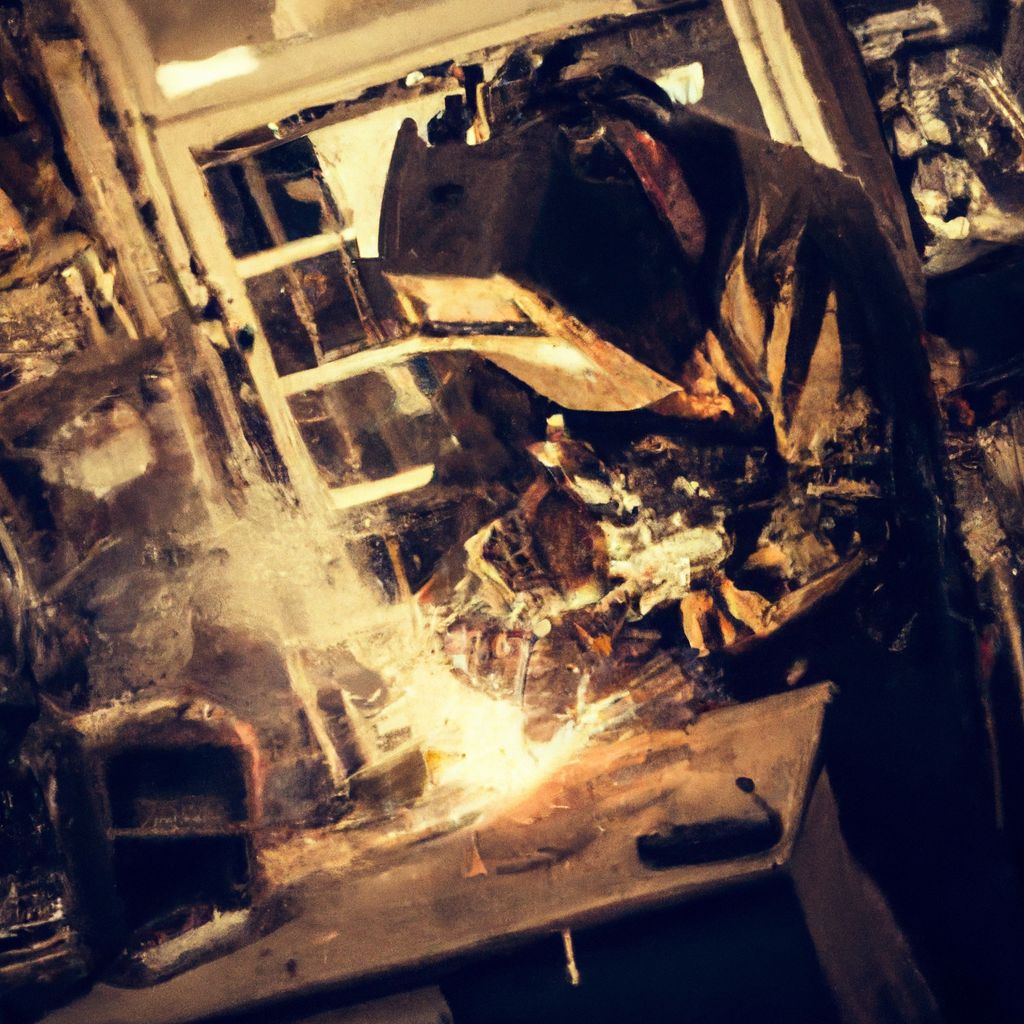
While metal offers many advantages as a medium for sculpture, working with it also presents certain challenges. These include the physical demands of manipulating the material, potential health and safety risks, and the need for specialized tools and techniques. It's essential for artists to understand these challenges and take necessary precautions.
Physical Demands: Metal is a heavy and tough material, requiring significant strength and stamina to manipulate. Sculptors often need to lift, bend, and hammer metal into shape, which can be physically demanding. Regular breaks and the use of aids such as hoists and trolleys can help manage these demands.
Safety Risks: Working with metal can pose health and safety hazards. These include the risk of cuts and injuries from sharp edges, burns from hot metal, and exposure to harmful fumes during welding or cutting. To mitigate these risks, it's crucial to use protective equipment such as gloves, safety glasses, and welding helmets. Adequate ventilation is also vital when working with metal.
Specialized Tools and Techniques: Metal sculpting requires specific tools and techniques, many of which have a learning curve. For example, welding requires training and practice to master. It's important for artists to invest time in learning these skills and to use the correct tools for each task.
Preservation: While metal is durable, it can still be susceptible to environmental factors. Metals can rust or corrode over time, especially when placed outdoors. Artists need to consider these factors and use protective coatings or treatments to preserve their sculptures.
Despite these challenges, the rewards of working with metal are immense. With its versatility and durability, metal allows artists to create enduring works of art that can withstand time and the elements. By understanding the challenges and taking necessary precautions, artists can safely explore the full potential of this remarkable medium.
Tips for Beginners: How to Start Your Journey in Metal Sculpting
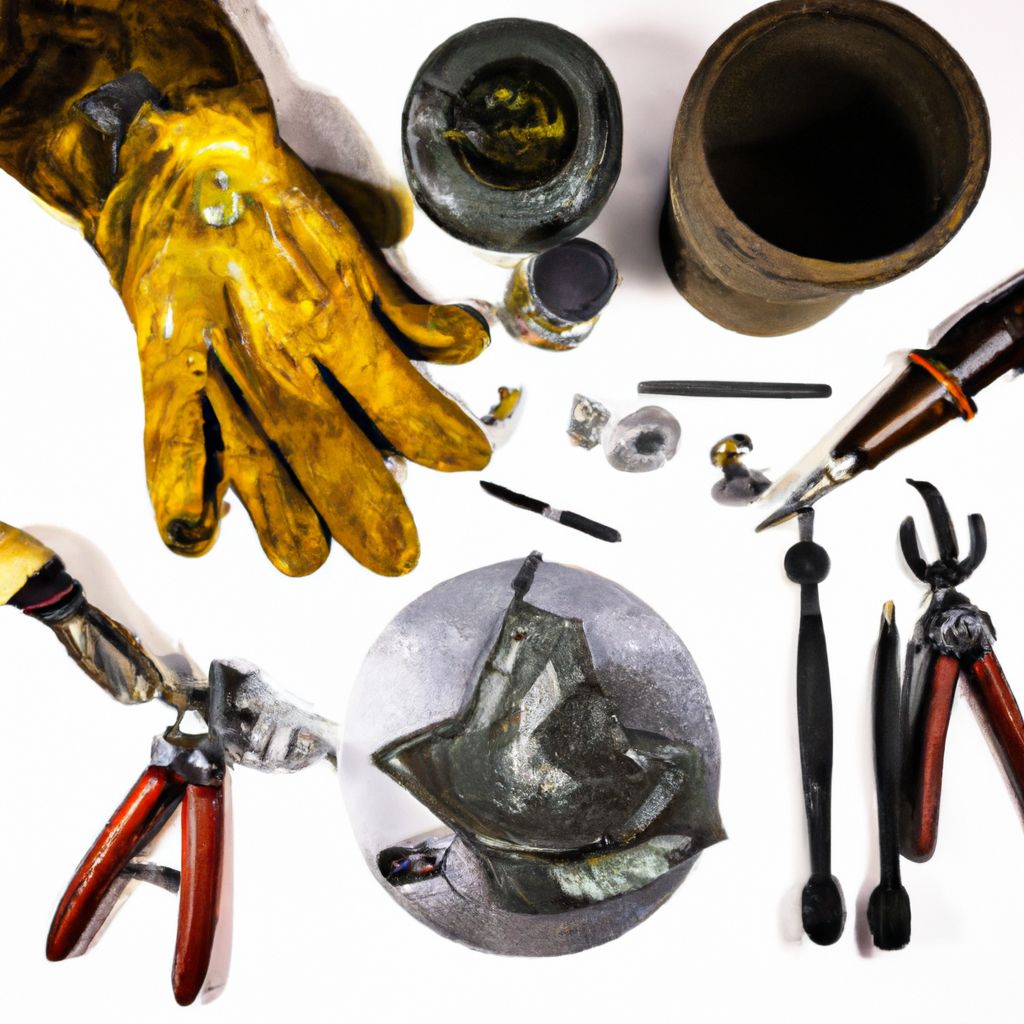
Embarking on a journey in metal sculpting can be an exciting endeavor. However, it can also seem daunting given the unique challenges of the medium. Here are some tips for beginners to help you start your journey in metal sculpting.
Start Small: Metal sculpting can be complex and physically demanding. Starting with small, simple projects can help you get a feel for the material and the tools without becoming overwhelmed. As you gain confidence and skills, you can gradually take on larger and more complex projects.
Take a Class: Learning from an experienced instructor can be incredibly valuable. They can provide hands-on training, demonstrate proper techniques, and provide safety instruction. Check for classes at local community centers, art schools, or online platforms.
Invest in Safety Equipment: Safety should be your top priority when working with metal. Invest in good quality safety equipment such as gloves, safety glasses, and a welding helmet. Also, ensure your workspace is well-ventilated to protect against harmful fumes.
Learn About Different Metals: Each type of metal has unique properties. Some are easier to work with than others, and each one can produce different results. Spend some time learning about different metals and their properties to help you choose the right material for your project.
Practice Patience: Metal sculpting is a process that requires patience and precision. Don’t rush the process. Take your time to learn the techniques and understand the material. Remember, every mistake is a learning opportunity.
Experiment: Don’t be afraid to experiment. Try different techniques, work with different metals, and push your creative boundaries. The more you experiment, the more you learn and grow as an artist.
Starting your journey in metal sculpting can be a rewarding experience. With patience, practice, and a commitment to learning, you can develop the skills to create beautiful and unique metal sculptures.
Creative Ideas for Metal Sculpture: Inspiring Your Artistic Vision
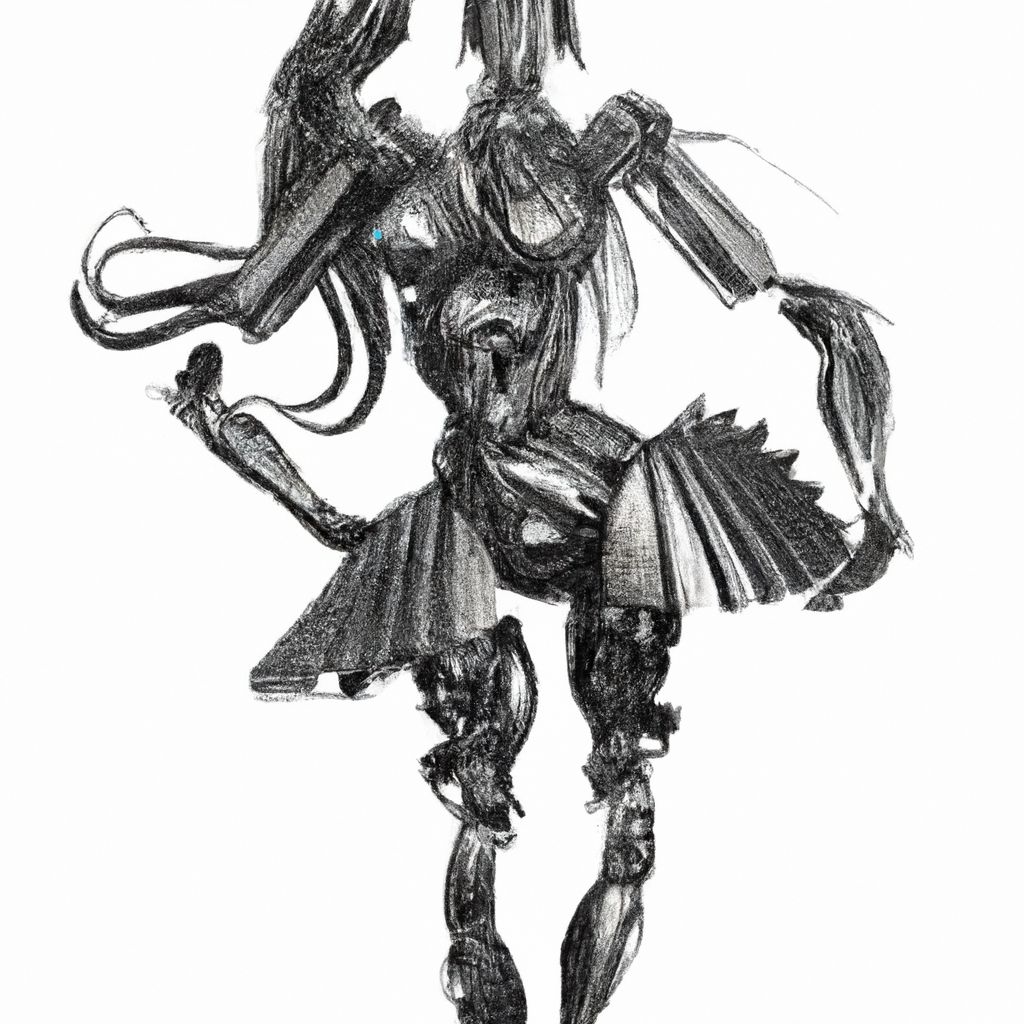
Finding inspiration for your metal sculpture can sometimes be challenging, especially when you're just starting out. But inspiration can come from a variety of sources. Here are some creative ideas to kick-start your artistic vision.
Nature: Nature is a treasure trove of inspiration. From the delicate structure of a leaf to the majestic form of a tree, the organic shapes and patterns found in nature can serve as a base for your metal sculpture. You could create a sculpture of a specific creature or plant, or use abstract forms inspired by natural elements.
Abstract Shapes: Abstract art is all about expressing feelings or ideas without the need for realistic representation. You can experiment with different shapes, forms, and textures to create an abstract sculpture. This gives you the freedom to push your creative boundaries and make artwork that is truly unique.
Human Form: The human body, with its intricate details and expressive potential, has been a source of inspiration for artists for centuries. You could create a realistic representation of the human form, or an abstract interpretation that focuses on specific elements such as the face, hands, or body posture.
Functional Art: Sculpture can be both beautiful and functional. Consider creating metal sculptures that double as furniture, lighting fixtures, or garden features. This could be a great way to combine your artistic vision with practical utility.
Recycled Materials: Creating art from recycled materials can be a fun and eco-friendly way to express your creativity. Old car parts, discarded tools, or scrap metal can all be used to create unique and interesting sculptures.
Remember, inspiration can come from anywhere. Keep your mind open, observe the world around you, and don't be afraid to experiment. The most important thing is to enjoy the creative process and express your unique artistic vision.
The Future of Metal Sculpture: Predictions and Trends
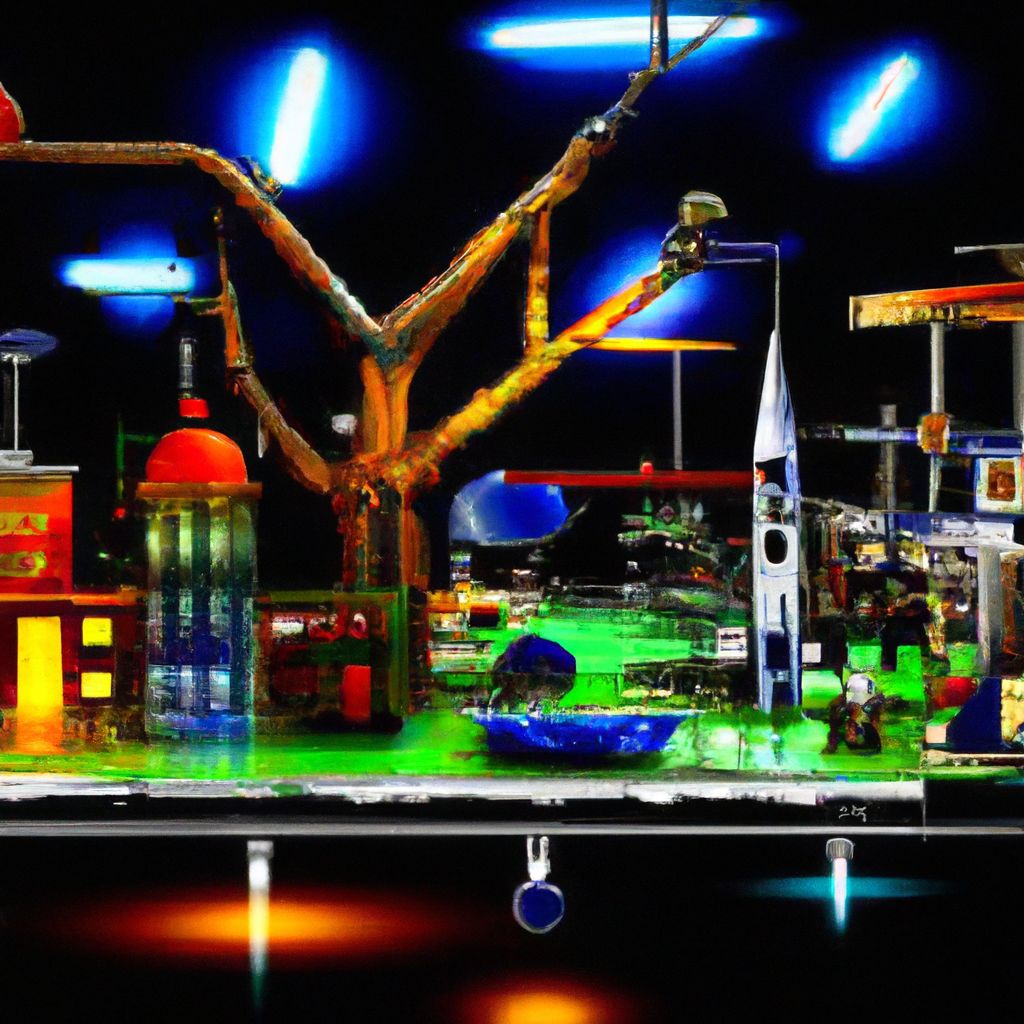
As we look to the future, it's clear that the art of metal sculpture will continue to evolve and adapt, driven by technological advancements, emerging trends, and the ever-changing creative landscape. Here are some predictions and trends that could shape the future of metal sculpture.
Technology Integration: The integration of technology into the art world is an emerging trend that's likely to continue. From digital design tools to 3D printing, technology is opening up new possibilities for metal sculpture. Artists can create more precise and complex designs, experiment with new techniques, and even incorporate elements like LED lights or moving parts into their sculptures.
Sustainable Practices: As awareness of environmental issues grows, artists are increasingly seeking sustainable practices. This could include using recycled or reclaimed metal, minimizing waste, and using non-toxic finishes and patinas. Sustainable art not only helps protect the environment, but also adds a new layer of meaning to the artwork.
Interactive Sculptures: The trend towards interactive art is likely to influence the future of metal sculpture. Interactive sculptures invite viewers to engage with the artwork, creating a dynamic and immersive experience. This could involve moving parts, tactile elements, or even sculptures that change over time.
Public Art: The demand for public art is on the rise, and metal sculpture, with its durability and versatility, is ideally suited to this trend. Public sculptures can transform urban spaces, create a sense of community, and make art accessible to all. From small community projects to massive, city-defining landmarks, the future of public art is bright.
The future of metal sculpture is likely to be as diverse and dynamic as the art form itself. With new tools, techniques, and ideas, artists will continue to push the boundaries of what is possible, creating stunning works of art that reflect the times and inspire future generations.
Conclusion: The Enduring Appeal of Metal Sculpture and its Role in Modern Art
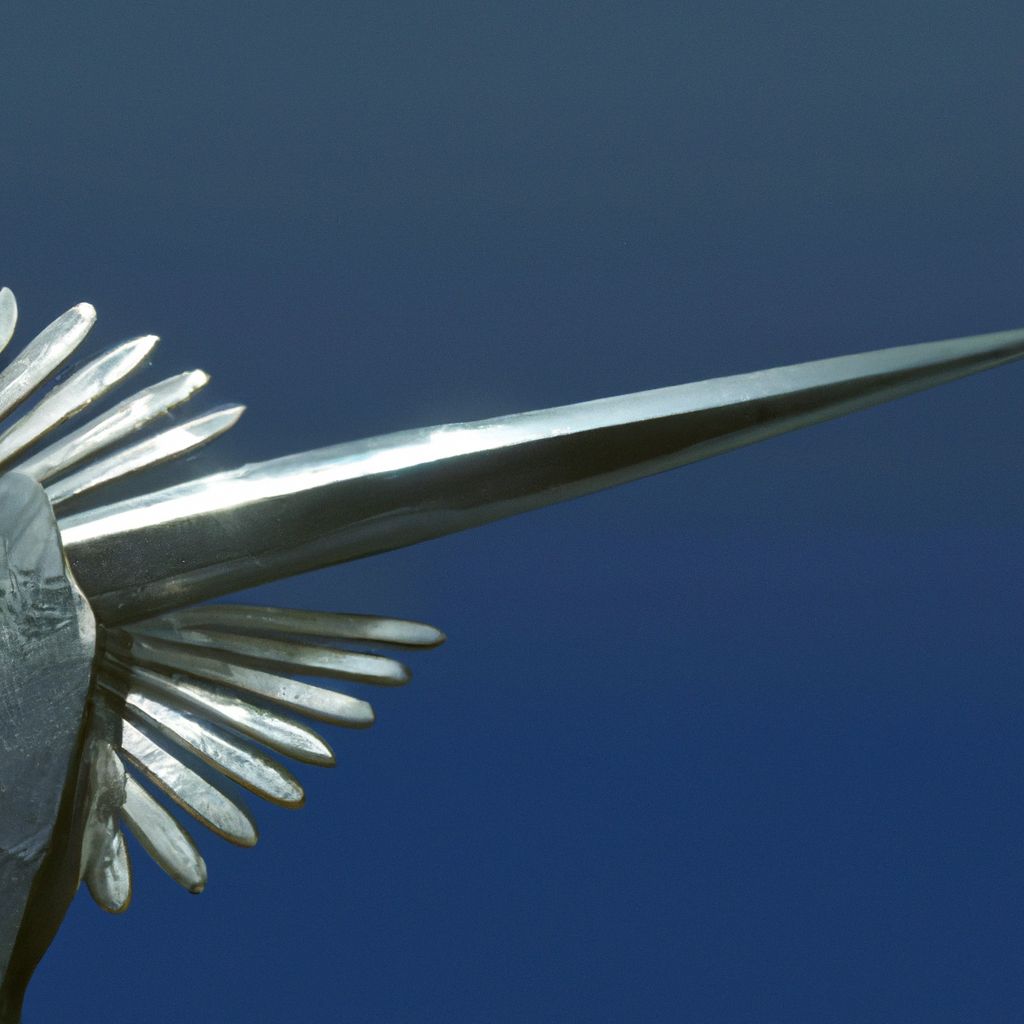
The art of metal sculpture has a long and rich history, and its evolution reflects the advancement of human civilization, technology, and artistic expression. From the bronze statues of ancient civilizations to the steel giants of modern public art, metal sculpture continues to captivate and inspire.
The unique characteristics of metal, such as its durability, malleability, and aesthetic appeal, provide artists with a medium that is as versatile as it is enduring. Whether it's a delicate bronze figurine or a monumental steel structure, each metal sculpture is a testament to the artist's vision, technical prowess, and creative exploration.
In today's art world, metal sculpture plays a significant role, pushing the boundaries of what is possible and challenging our perceptions of form and space. The integration of new technologies, the emphasis on sustainable practices, and the rise of public art are all indications of a vibrant and dynamic future for metal sculpture.
For those embarking on the journey of metal sculpting, the path is undoubtedly challenging, but the rewards are immense. With patience, creativity, and a commitment to learning, you can harness the power of this remarkable medium to create beautiful and impactful works of art.
In conclusion, the enduring appeal of metal sculpture lies in its ability to transform a simple material into something extraordinary. It's an art form that blends creativity with craftsmanship, tradition with innovation, and vision with skill. As we look to the future, one thing is clear: the art of metal sculpture will continue to evolve, inspire, and captivate for generations to come.


